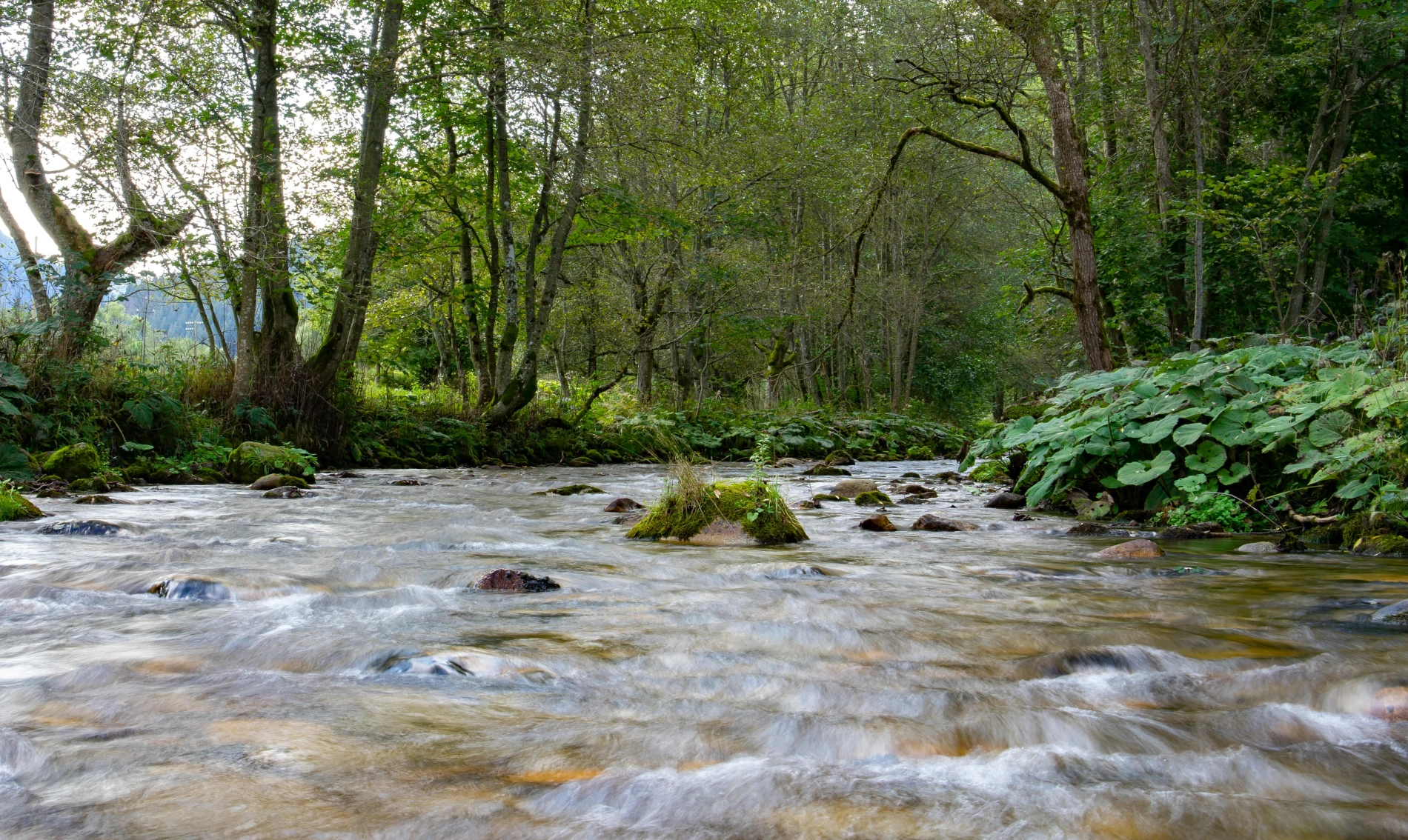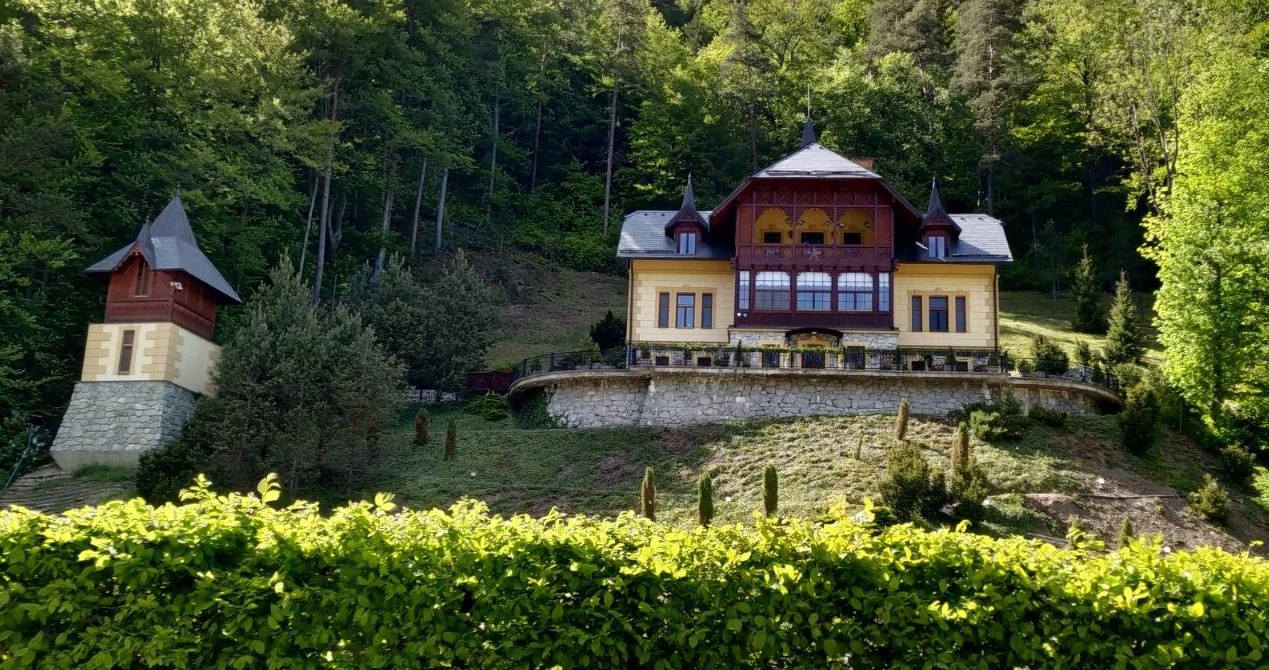
Ľubochnianska dolina:
The village of Ľubochňa
It has played a relatively important role since the 17th century in a wide area. There was a glass factory, a mill, sawmills with both water and steam drive, later also electric . At the beginning of the 18th century, an iron hammer was created to process pig iron imported on rafts. In 1903, a hydroelectric power plant and a narrow-gauge forest railway were built here, at the same time as the first to be electrified in Central Europe . It highlighted its importance in the 19th century when Count András Bethlen, the founder of Tatranská Lomnica, built state hotels, private villas, parks, spa houses and a swimming pool . The construction was carried out in the art nouveau style with wooden half-timbered architecture.

fig.1 art nouveau style of buildings and spa houses
Natural conditions, fauna of the Ľubochnian valley
Ľubochnianska dolina is the longest valley in Slovakia , its length is 25 km. It is located in Veľká Fatra. It runs in a north-south direction. It starts near the village of Ľubochňa (Ružomberok district) and ends with boilers on the slopes of Ploska and Čierne kamena. The Ľubochnianka river flows through the valley. The valley is known for its wealth of game and is home to the largest Slovak beasts ( brown bear , lynx ). The Ľubochnianka River is characterized by well-preserved conditions with good stocking, especially of brook trout and thyme grayling , in the lower reaches of the rainbow trout and rare rainbow trout and grayling. The abundance of fish allows for enough food. In the valley there is a recreational facility and several permanently inhabited mountain huts (Salatín, Čierňavy, Rakytov).

In the side valleys there are important nature reserves of Veľká Fatra, with well-preserved stands of primeval forest (Kundračka, Rumbáre, Dvorisko, Skalná Alpa). Species representation of flora: forest beech , white fir, common spruce , deciduous larch, forest pine , mountain pine, mountain elm, overhanging birch, mountain rowan, bird's rowan, sea buckthorn willow, sticky alder, mountain maple, common hazel. common yew also grows here .
A large number of protected plants:
primrose, slovenly primrose , alpine sedum , slipper worm, Carpathian soldanelka, sweet sedum, golden-headed lily, yellow-headed top, wild anemone, Clusiov gentian, spring gentian, Carpathian saffron.
In the valley behind the site of Huty, there are the remains of tunnels (sites of Vyšné and Nižné Rudné), where iron was mined. An asphalt road leads through the valley almost to the end, there are also asphalt roads in some side valleys. Wood is harvested in many places in the valley. In the upper part of the valley there was a remnant of the taich (Vyšný taich), which was removed at the end of 2008 and replaced by a new water reservoir.
Ľubochnian Caves:
There are 11 caves in the valley. The largest of them is Jaskyňa v Čertová skala with a length of 28 m. The second longest is Previs v Čertová skala with a length of 11 m.
Tourism in the Ľubochnian Valley
A green-marked cycle route passes through the Ľubochnian valley, which turns off in about a third of the valley to the saddle under Červený grúň and the upper part to Vyšné Tajch. At the very end called Močidlo, you can turn with the yellow sign to Chata pod Borišov. Due to the considerable distance, it is advisable to complete this route by bicycle. Some tourists lock their bikes at this place and at their own risk and climb Borisov on foot.

Hotspots
![]()
Map route on mapy.cz here!
| Download route | Info | |
| Route for the Locus map application | .kml | |
| Route for Mapy.cz | .gpx | |
Photo gallery:

